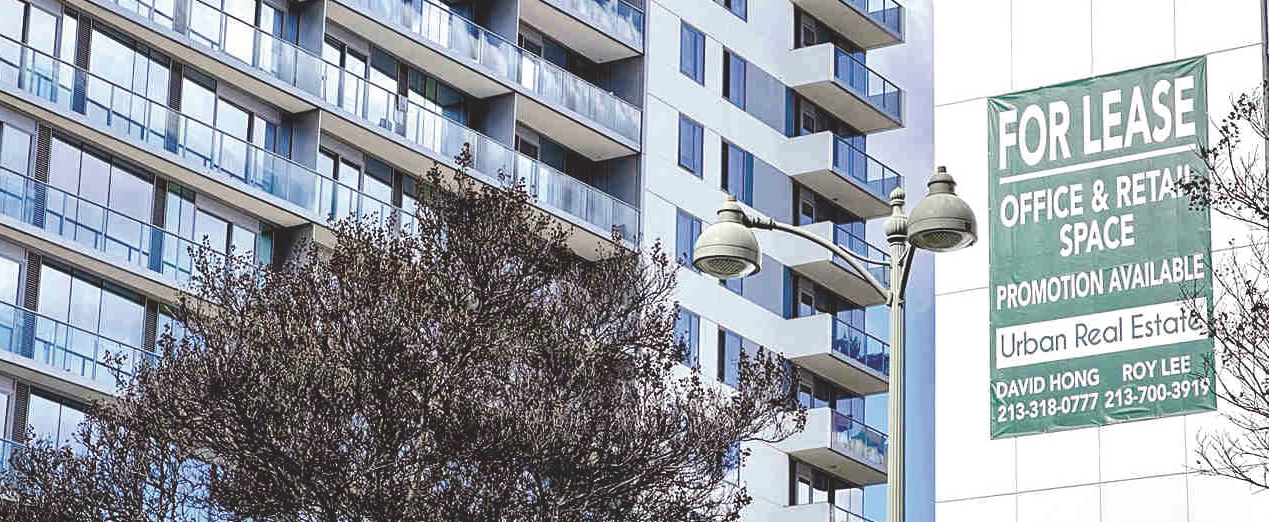After a slowdown driven by remote work and weakened demand, the Southern California real estate market is showing signs of a rebound. A new report from Colliers International reveals improvements across multiple sectors in Los Angeles and Orange County during the first quarter of 2025, with notable shifts in vacancy rates and rental activity.

Multifamily and Retail Trends Diverge
The multifamily housing sector in both counties posted steady growth in occupancy and rents.
In Los Angeles, the occupancy rate climbed to 95.4%, up 10 basis points (bp) from the previous quarter and 20bp higher year-over-year—approaching the 20-year average of 95.7%. The average rent per unit rose 0.5% to $2,272, while the annual increase was 1.0%.
Orange County reported a 96.2% occupancy rate, also up 10bp from the prior quarter, though down 10bp from a year ago. The average rent was $2,622 per unit.
In contrast, retail performance diverged by region.
In Los Angeles, the vacancy rate rose by 21bp to 6.73%, with the average rent holding steady at $2.85 per square foot. The labor market showed signs of stress, with the unemployment rate increasing to 5.9% and retail job growth slowing—signaling reduced demand and consumer activity.
Meanwhile, Orange County saw improvement. The average retail rent rose 3.2% to $2.58 per square foot after three quarters of decline. The vacancy rate dropped 24bp to 4.66%, the lowest level in two years. A decline in unemployment to 3.9% supported the uptick in leasing activity.
Office Leasing Shows Early Signs of Recovery
The office market began to show its first measurable signs of recovery since the pandemic.
In Los Angeles, the vacancy rate decreased from 24.2% to 23.8%, although rents remained mostly unchanged. A total of 3.7 million square feet of leasing activity was recorded, driven by healthcare, legal, finance, and government sectors. In contrast, tech, media, and entertainment leasing remained sluggish, still trailing pre-pandemic levels.
Orange County mirrored this positive trend. The vacancy rate dropped 50bp to 18%, and the average rent climbed for the sixth consecutive quarter, reaching $2.81 per square foot, up 1.8% year-over-year.
Industrial Market Reflects Mixed Signals
The industrial sector showed a regional split in performance.
In Los Angeles, the vacancy rate fell to 4.9%, marking the first decline in three years and suggesting a shift in market direction. However, the average rent continued its downward trend, landing at $1.30 per square foot. Market uncertainty remains due to retaliatory tariff policies announced by former President Donald Trump, which could affect operations at Los Angeles and Long Beach ports.
In Orange County, the industrial vacancy rate rose for the ninth consecutive quarter, reaching 4.2%. The average rent declined by $0.02 to $1.57 per square foot, a drop of $0.17 year-over-year.
California Home Sales Decline Amid Rate Pressures
The broader California housing market continued to cool in April 2025, showing a second consecutive month of contraction amid economic uncertainty.
According to the California Association of Realtors (CAR) report released on April 19, existing single-family home sales dropped 3.4% month-over-month to 267,710 units, down from 277,030 in March. Compared to April 2024, sales declined 0.2% from 267,170 units.
Despite the volume decline, the median home price rose 0.7% year-over-year to $910,160, up from $904,010. Industry analysts attribute the lower sales in part to a jump in mortgage rates following the tariff announcement by Trump earlier in April 2025, which may have discouraged potential buyers.
The Q1 2025 report signals a cautious but broad-based Southern California real estate recovery, led by multifamily housing, select retail segments, and office leasing. Industrial and home sales sectors remain mixed, with ongoing sensitivity to economic and policy shifts.
BY HOONSIK WOO [woo.hoonsik@koreadaily.com]




